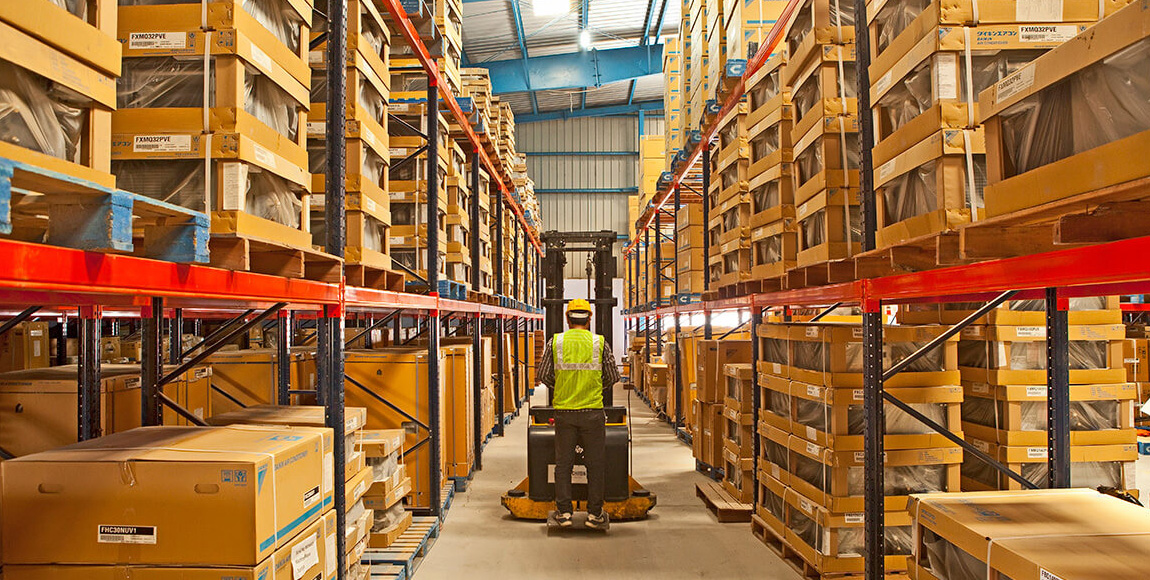Limiting inventory shrinkage

A warehouse manager’s job is riddled with challenges. Weighing high on this scale is inventory shrinkage – a problem which is difficult to avoid. Here are expert tips to help ensure your inventory damage is kept to a minimum
There are many factors that account for inventory shrinkage, including warehouse theft or fraud, damaged stock, expired produce, obsolescence and inaccurate data, for example capturing the wrong amount of stock in your WMS or ERP system.
According to a statement issued by Barloworld Logistics, inventory shrinkage is, unfortunately, inevitable in even the top performing warehouses in the world. This is due to the constant movement involved in running a warehouse. However, inventory shrinkage can be limited. Here are a few tips which will help to keep your levels of damaged stock in check.
Ongoing optimisation in your warehouse
Regular maintenance and upkeep can help to identify and optimise problem areas in your warehouse before they get out of hand. This will help to identify how and why inventory is getting damaged – processes can then be put in place processes to avoid future damage. According to All Things Supply Chain, questions to ask when optimising your warehouse processes include:
- Do employees touch products more than necessary during regular workflows?
- Are multiple employees involved with manually tracking or handling products? Is this necessary?
- Do product cartons clearly indicate their contents?
- Does incoming or outgoing product sit unattended for longer than necessary?
Frequent inspection and review of how organised a warehouse is can lead to increased productivity, as well as reducing inventory loss and preventing injury.
Be mindful of product dimensions – when designing racking it’s important to take into account the weight and shape of goods. Inventory often sustains damage while stored on shelving as a result of careless handling or harsh contact with material handling equipment. Poorly designed racking can result in damage to inventory or cause injury.
When planning your warehouse layout, keep the golden zone in mind – a term that’s used to describe the ideal placement for fastest moving stock: chest height shelving. This makes it easy for a stock picking team to select items without having to bend over or reach up above their heads, which increases the risk of dropping something. This will this save time between picks, reduce the likelihood of damaging stock and increase overall warehouse productivity.
Offer protection for your racking – it is an essential part of preventing inventory damage. Column protectors, for example, are necessary in spaces where vehicles often travel. Rack guards, aisle shields and pallet supports can also offer protection against damage.
It is also extremely important to plan for stock capacity, since this helps to curtail the ordering of excess inventory – a factor which can greatly increase the chances of damage, inventory variances and theft.
According to experts, the number one cause of inventory damage is lack of training. Being able to correctly handle pallets or use forklifts, coupled with correct labelling of perishable and non-perishable goods, serves to reduce product damage.
While damaged warehouse inventory is unavoidable to some extent, it can be overcome, with inventory management techniques and processes making it possible to keep damaged warehouse inventory levels to a minimum.
Published by
Focus on Transport
focusmagsa




